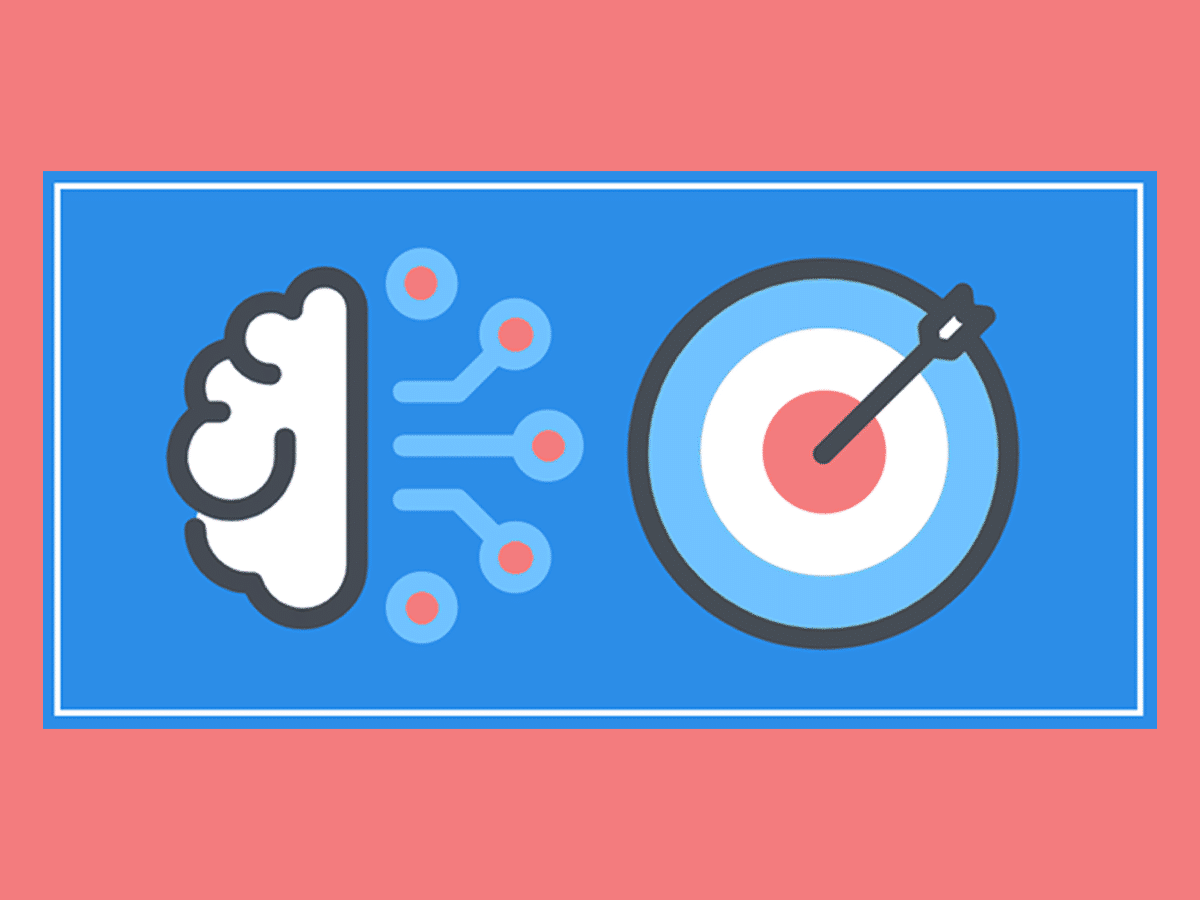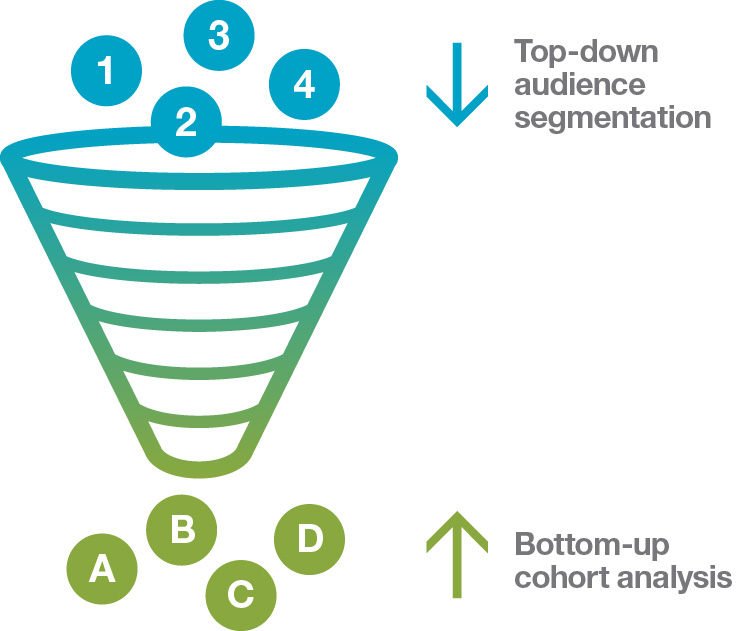
The theory and methods of brand marketing are used to create a good brand. Brand marketing theory states that marketing expenditures are an investment in increasing the awareness and reputation of a brand, and therefore the value of the business. Brand marketing differs from other marketing techniques such as direct response marketing because of its investment-based approach. A brand is much like every other kind of business asset. It paves the way for potential sales.
Performance marketing is, as the name suggests, marketing that is focused on performance. This performance can take the form of a converted lead, among other things. Performance marketing is a type of online advertisement that is becoming more common in the digital marketing field each year. It’s a hybrid between paying ads and brand marketing, with payments made only after the intended action has been accomplished.
How does Brand and Performance Marketing help your business?

Brand marketing is the process of promoting your message, products, or services in a manner that draws attention to the overall brand. The aim of brand marketing is to link your brand’s name, ideas, and personality to your audience’s needs and desires. In essence, your brand serves as a connection between your product or service and your target market.
As a tactic, performance marketing provides retailers with additional brand and product visibility, as well as higher customer engagements, conversion rates, average order sizes (basket values), and third-party endorsements – all of which contribute to revenue, brand satisfaction, and improved buyer retention.
How are these different from each other?

- Short-term conversion is lower for brand marketing, but long-term brand equity is higher. However, with performance marketing, long-term brand equity suffers but short-term conversion is improved.
- Performance marketing is also perceived as primarily concerned with increasing the business, while brand marketing helps develop the brand for the long term.
- Performance marketing is appealing because it is easy to track, while brand marketing is more difficult to track and requires a longer time commitment.
- Performance marketing leads to a greater emphasis on measurables and data as a result of short-term benefits. However, it is brand marketing that, in the end, creates a long-term pipeline.
- Brand marketing establishes a company’s reputation, ideals, product consistency, and trustworthiness, among other things. It aims to boost trust, elicit an emotional reaction from customers, boost customer satisfaction, and inspire consumers. Performance marketing, on the other hand, is concerned with hard numbers like lead production and conversions, email sign-ups, or the number of purchases.
What are the different metrics you can target from Brand and Performance Marketing?

- The most important metric for determining how well your marketing is doing is revenue. When you measure your ads by sales, you get a more objective picture of how well it’s doing. If a channel contributes to cash flow and overall growth, you can support investing in it.
- Understanding the lifetime worth of the consumers is almost as important as the initial sales. You will measure the true return on investment (ROI) of your marketing campaigns until you know the average customer lifetime value.
- It’s crucial to monitor the performance at the awareness stage if you want to know how far your marketing campaign has spread. At the very top of the funnel, it’s a strong measure of brand awareness and volume.
- On a weekly or monthly basis, it’s important to keep track of the average website traffic you’re getting. You’ll gain insights into seasonality, patterns, and your top-performing platforms or content by having a bird’s-eye view of your website’s users. All of this information can be obtained using web analytics software like Google Analytics or Data Studio.
- Your social media content’s reach is an excellent predictor of your branding efforts. The distribution and coverage of your posts through your preferred social media channels are also measured by social media reach.
- Another significant metric is to see how much you’re listed online. You should note how many times your name appears in other people’s online material. You can also keep track of the number of branded users and impressions you get from search engines.
Pros and Cons of Brand and Performance Marketing

- Pros of Brand Marketing
Consumers create a particular perception of an organization and its goods or services by branding, which includes the attributes and features that business owners want consumers to identify with their company and its products or services. Because of trademark law, it has some legal defense against competitors. Any distinctive name, device, or sign that identifies a company qualifies as a trademark.
- Cons of Brand Marketing
The cost of branding is a significant drawback. Branding entails extensive testing, naming, graphic design, and brand identity integration, all of which are costly. It’s also a long game; brand marketing takes time to take hold and often businesses are looking for quick wins. Another drawback is that if a company needs to shift its product direction or target a different market niche, it takes time and money to shift gears.
- Pros of Performance Marketing
There are many advantages of incorporating performance marketing into the development and web marketing strategy. When growing your brand and sales sources, you will lower the risk, expand your business presence, and cut costs. Performance marketing is also fully trackable, measurable, and straightforward. Brands can now see each buyer’s entire click-to-consume route, allowing them to choose where to spend more, which partners to work with, and which platforms to use to achieve better outcomes.
- Cons of Performance Marketing
Like brand marketing, performance marketing can get expensive. It takes time and research to determine the best channels to use and businesses pay for each derived activity– phone call, click, etc. It might be too costly to continue paying for this in the long term, depending on the tier a publisher puts a campaign in. There’s also the risk of losing money if the pay-per-call marketing isn’t delivering phone calls that convert to revenue.
Make your decision – Which one to go for?

Marketing is a given in any business, but which type of marketing is best for you? To achieve the highest degree of efficacy and development, the solution involves seeking the correct, delicate balance between the two. This entails ensuring that brand managers are familiar with the more specific and observable world of performance marketing–and that both play a role in your organization. As a result, performance marketers must recognize that the ability to share your story and engage with viewers on a more intimate, individual level exists at all times.
The aim is to bring the realms of brand and performance marketing together. We use this combination to create a unified voice through different delivery networks based on shared values. However, this would not be possible without the collaboration and a firm emphasis on a long-term unification approach rather than one designed for short-term advantage by segmented opinions.
For a company to stand out from the crowd, it must combine these two worlds. Only then would we be able to reach the level of expansion and progress required to have a significant and long-term effect. And, at the end of the day, it’s all about achieving company goals, and market share, and, most importantly, exceeding customer demands and building a powerful brand that communicates, inspires change and builds long-term loyalty with your consumers. To read more such articles, visit the Publir Blog!
